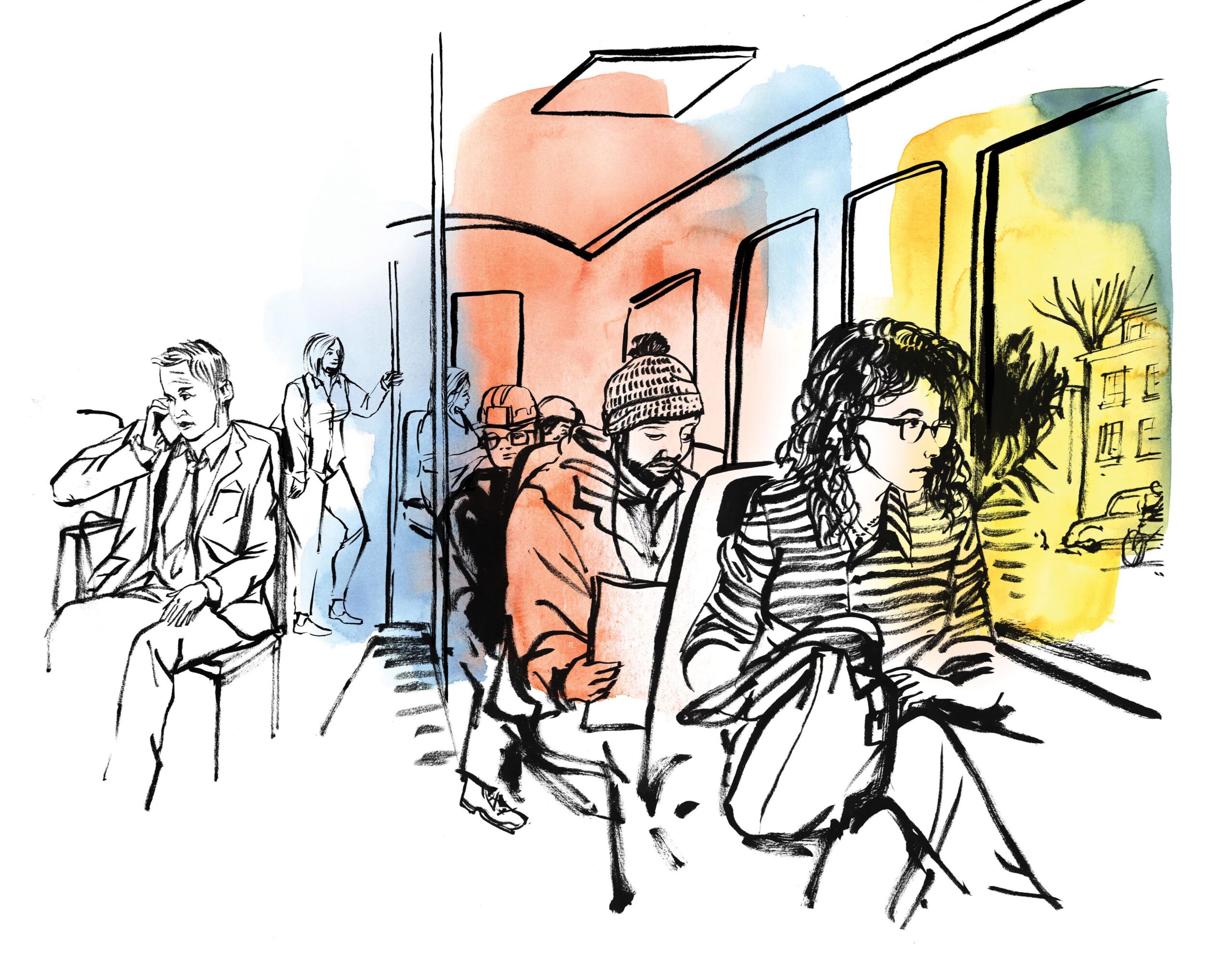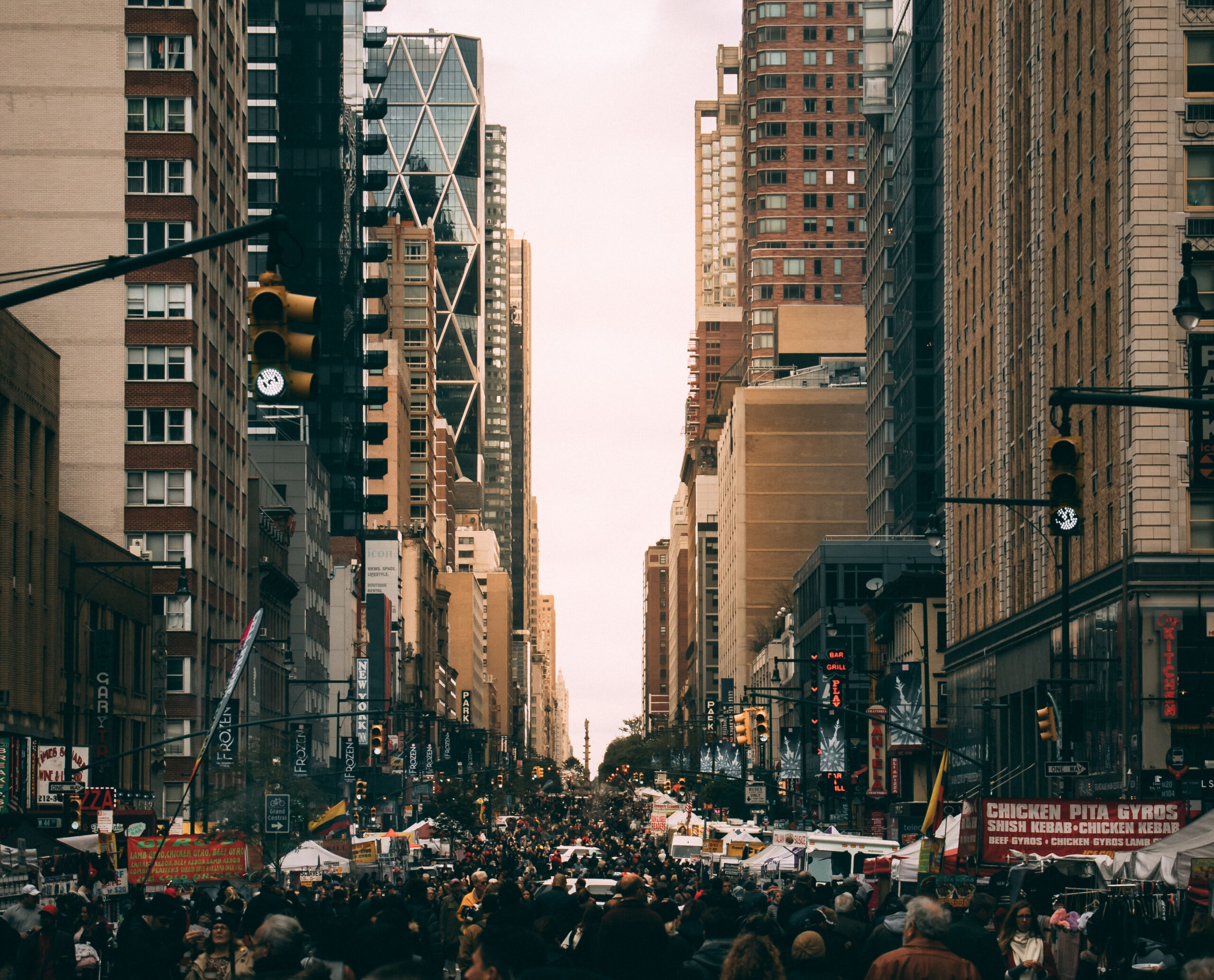The pandemic came on like a freight train. In February 2020, COVID-19 changed and will change the way we all live for some time. The federal and state governments have acted swiftly. But are we counting the costs?
States have been in and out of lockdown for months. The federal government passed the CARES act, which amounted to almost $2 trillion and, as of this writing, we stand on the precipice of another large stimulus bill with an estimated price tag of $3 trillion.
There is no doubt that in a time of unprecedented crisis, something must be done. We are called to care for the now millions of Americans who are unemployed, who struggle to put food on the table or to pay rent. We also must find a way to support the economy, which is the engine of growth and creates wealth and prosperity.
Stimulus bills cannot remake economies. It is right and good to provide financial assistance to needy families, but extended lockdowns will beget more stimulus bills. A $1,200 check only goes so far when you cannot feed your family. If your employer goes out of business because it cannot open, this will lead to more job losses and the need for more financial support. And the United States federal government cannot engage in stimulus forever. Prior to the outbreak, we already faced a fiscal crisis due to our unfunded liabilities. Inflation will likely result. And inflation acts as a tax on citizens, one which disproportionately strains the people at the bottom of the income quintile — the very ones we most desire to help.
As we count the cost, we also have to ask whether costly solutions will work. When we hear about the CARES act and the HEROS act, we tend only to hear about the benefits of reducing the spread of the virus and saving lives. This is a good thing. But we can’t forget that when we kill the economy, we also cut short lives. The economy is people.
We have not accurately assessed the cost of the government solutions to COVID-19, and we seem to have exclusively focused on the proposed benefits. This is not good economics. We must always count the cost.
We must find a way to safely reopen the economy. And I think it’s not as difficult as it may seem. Most people are voluntarily wearing masks and engaging in safe physical distancing. Allow them to continue to do that and to get back to work. We can safely protect the vulnerable while allowing the less vulnerable to resume life. Because this is precisely what will lessen the cost of COVID-19. By allowing human creativity and entrepreneurship to solve the very problems that the pandemic presents, we should expect new tests, test delivery, new vaccines, redesigned workspaces, and technological advances. The economy is people, and when we allow it to work, it saves lives.





